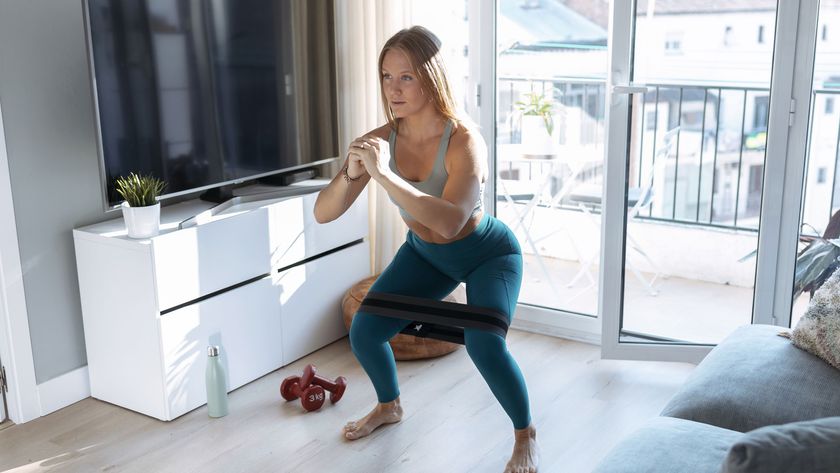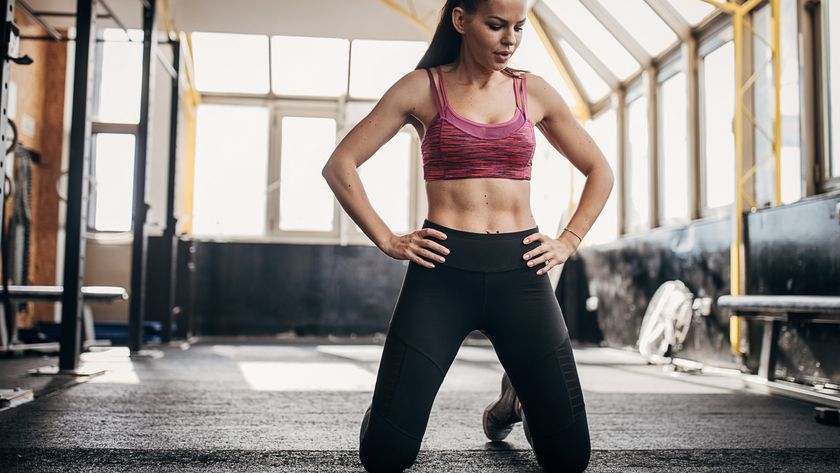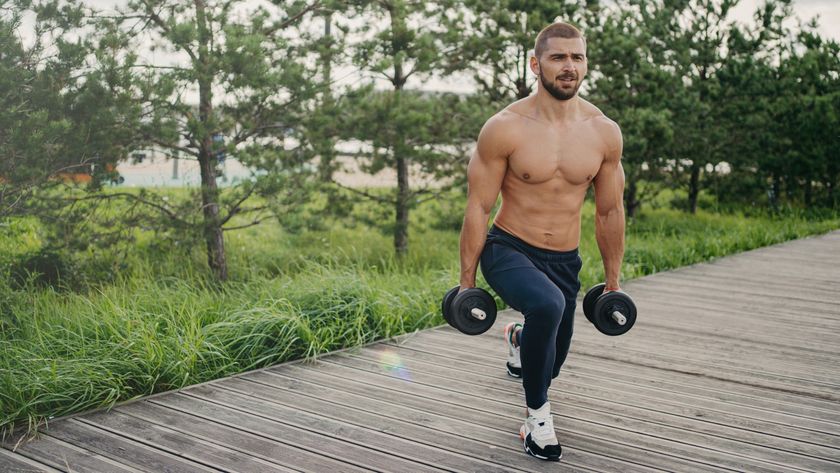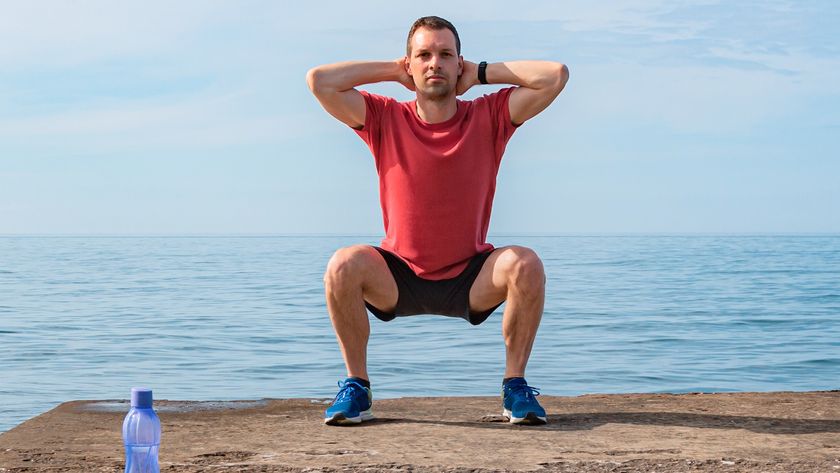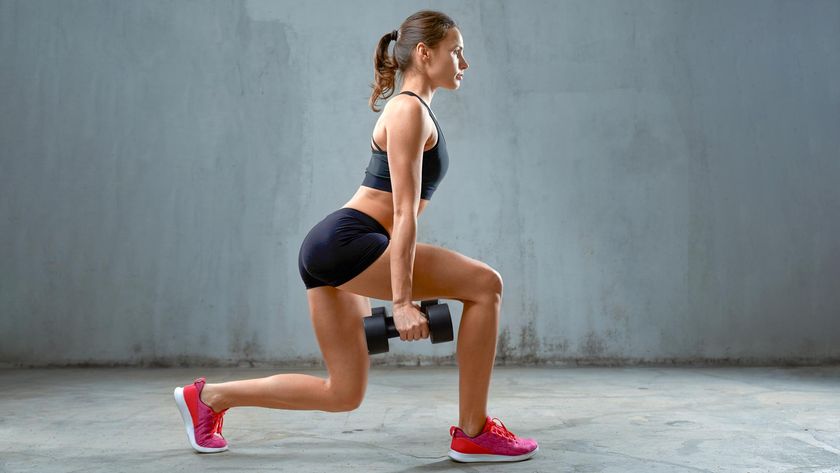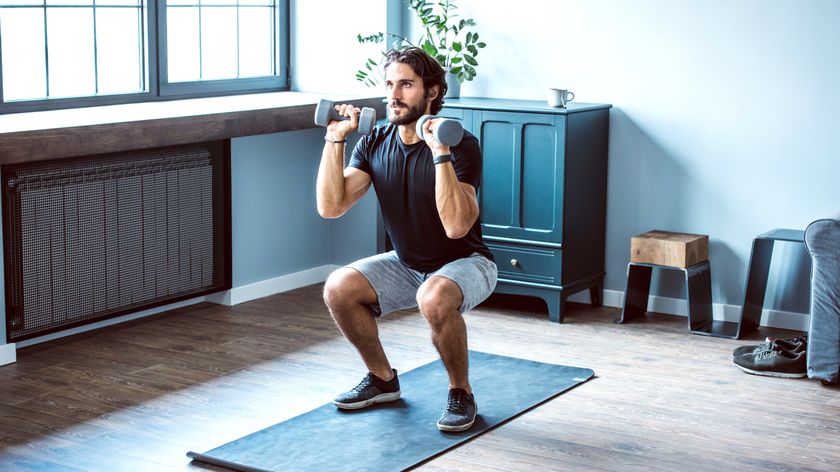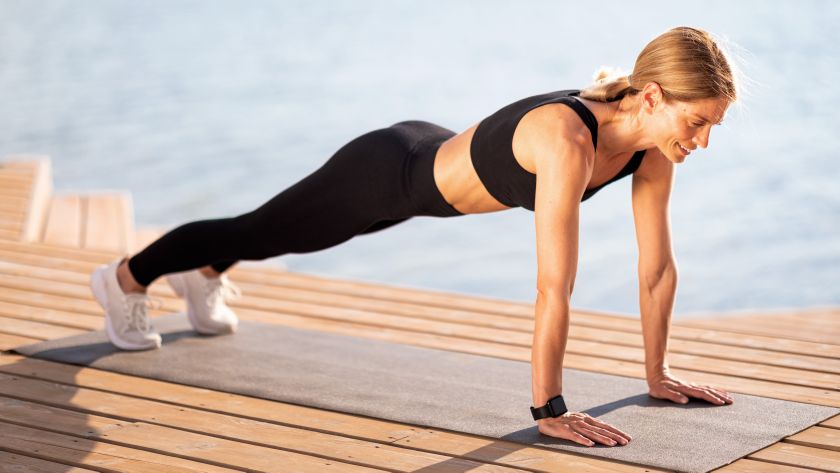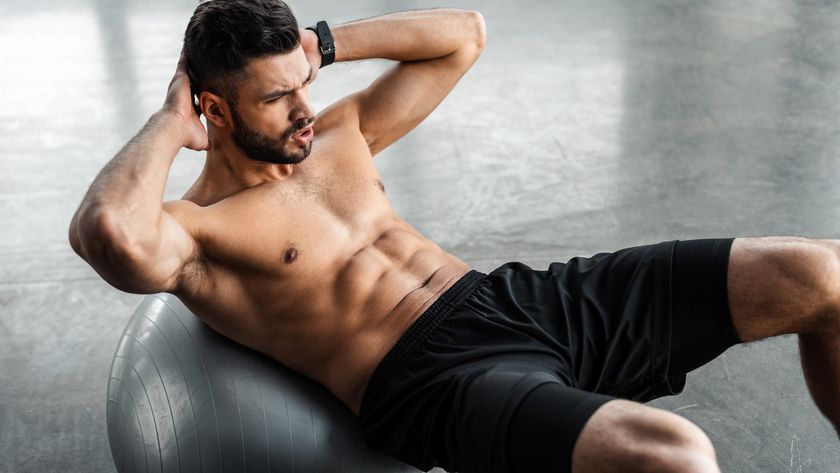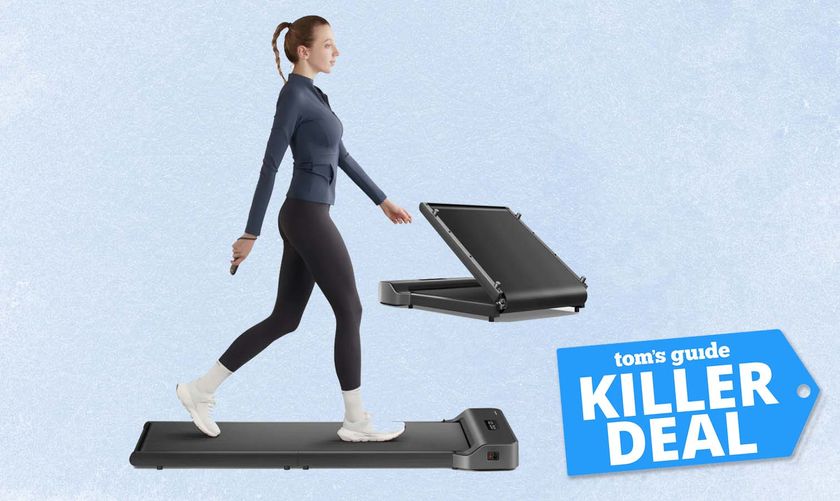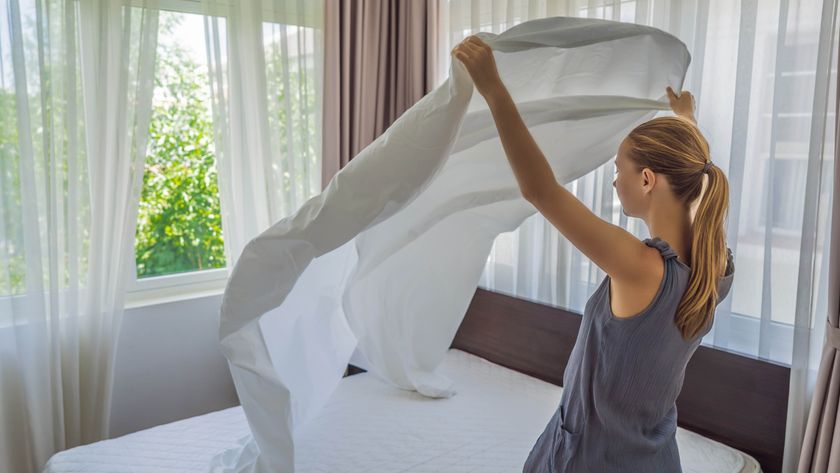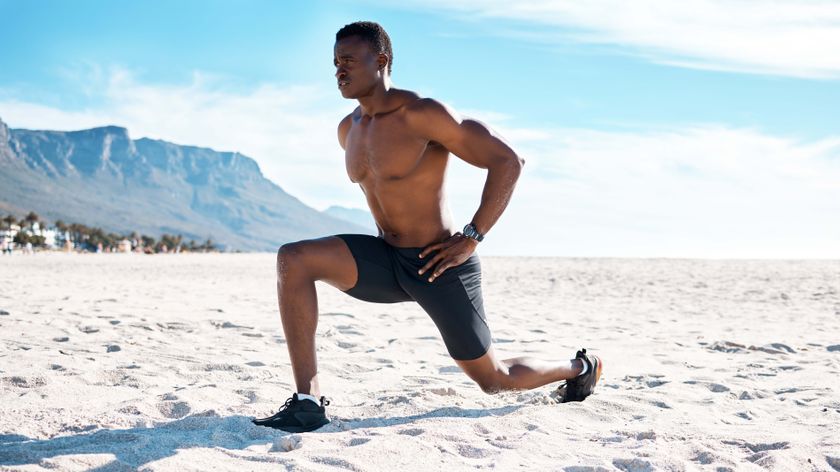Duck walk: How to do it, and the benefits for strengthening your lower body
Here’s everything you need to know about this strange-sounding exercise
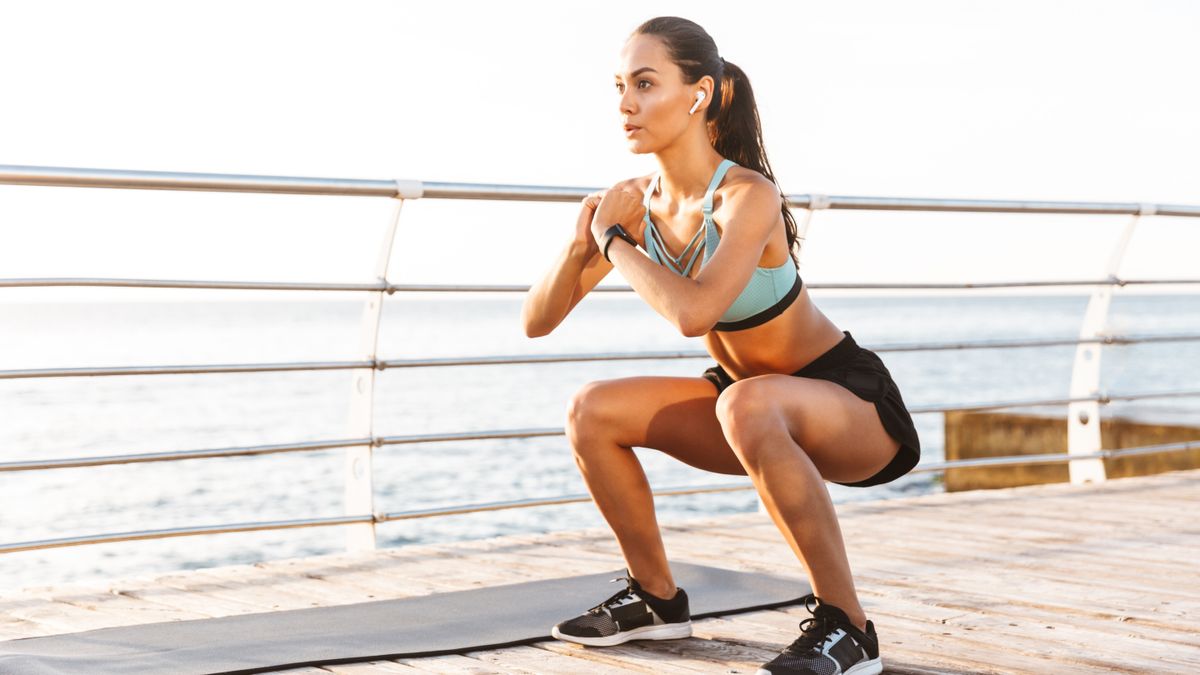
Waddling like a duck might not be top of your agenda when you head to the gym, but did you know doing the duck walk has some serious benefits when it comes to strengthening your lower body? If you’re looking for new ways to target your glutes, quads, hamstrings, and hip flexor muscles, read on to find out more about this unusual move.
Remember, if you’re new to an exercise, or returning to exercise following an injury, it’s a good idea to get your form checked with a personal trainer to ensure you’re not putting yourself at risk of injury. If you feel any pain while practicing a duck walk, always stop. Practice squats, reverse lunges, lateral lunges, step-ups, and deadlifts to target the same muscles.
Duck walk: the benefits
As mentioned above, the duck walk is effectively a walking squat, so it really works your glutes hard. Strong glutes can help you run faster, lift heavier weights, and studies have shown they can help prevent injuries. You’ll also work your quads and hamstrings during this exercise, and your hip flexors. If you’re a runner, or you spend a lot of time sitting down behind a desk, you’ll probably have tight hip flexor muscles. If they are so tight that this move is too challenging at first, work on doing some hip opening exercises and build up to the duck walk.
How to do the duck walk
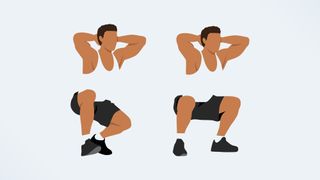
Ready to take on the duck walk? Here’s how to do it:
- Start by standing with your feet shoulder-width apart.
- Squat down as if you’re sitting back in a chair, bending at your knees to lower your hips back.
- Find a position where you’re in a deep squat, but still have your heels and toes on the floor, and your spine straight.
- Keeping your hips in the same position, and your body in the low squat, step one foot forward, then the other.
- Keep moving forwards, landing with a flat foot each time, then reverse the movement for a challenge, or stand up to your starting positon and turn to switch direction.
Duck walk: common mistakes to avoid
As we’ve mentioned, if you have tight hip flexors, you’re likely to find this one challenging. It’s always a good idea to practice your first few reps in front of a mirror, or with a personal trainer, to really take a look at your form. Here’s the mistakes to look out for:
Not warming up
This move isn’t a walk in the park, so it’s important to warm the body up properly beforehand. We recommend these mobility exercises for hip flexor pain and tight ankles. Our resident personal trainer’s favorite move is the frog pose for hip flexor pain, which is also helpful for improving squat depth.
Not engaging your core
Despite this exercise mainly working your lower body, you’ll need to ensure you keep your core engaged throughout, to prevent any arching at the lower back and injury to the spine. Think about sucking your belly button into your spine throughout.
Sign up to get the BEST of Tom's Guide direct to your inbox.
Get instant access to breaking news, the hottest reviews, great deals and helpful tips.
Letting your chest drop
Keep your chest open and your eye gaze forward throughout this exercise. If you hinge forward or look down at your feet, your weight is unlikely to be centred over your heels as you walk. Have a soft gaze — don’t look too far up or down, as this can put pressure on your neck.
Duck walk: variations to try
If you feel like the duck walk is too challenging for you, it’s likely that it’s a little too advanced, or that your hip flexors are too tight. Try building your leg strength by doing deadlifts, squats, lunges, and glute bridges, and come back to the duck walk in a few weeks' time.
If you’re looking to up the ante in the duck walk, try holding one of the best adjustable dumbbells in a goblet position with both hands or wrap one of the best resistance bands around your quads. Only try these variations once you have mastered the bodyweight duck walk.
More from Tom's Guide

Jane McGuire is Tom's Guide's Fitness editor, which means she looks after everything fitness related - from running gear to yoga mats. An avid runner, Jane has tested and reviewed fitness products for the past five years, so knows what to look for when finding a good running watch or a pair of shorts with pockets big enough for your smartphone. When she's not pounding the pavements, you'll find Jane striding round the Surrey Hills, taking far too many photos of her puppy.
